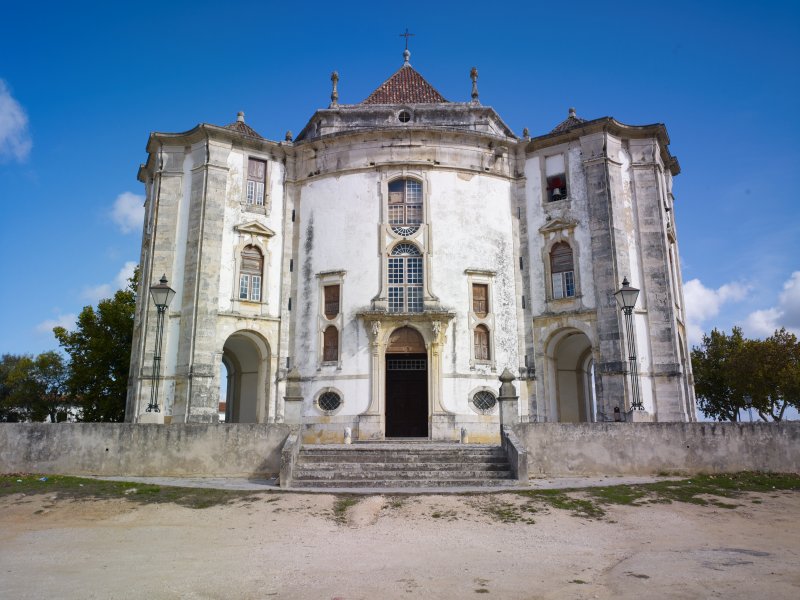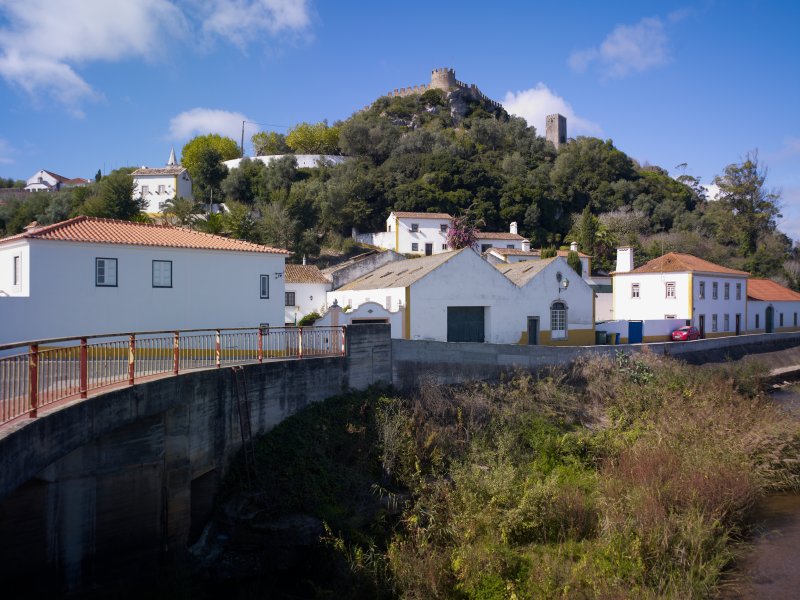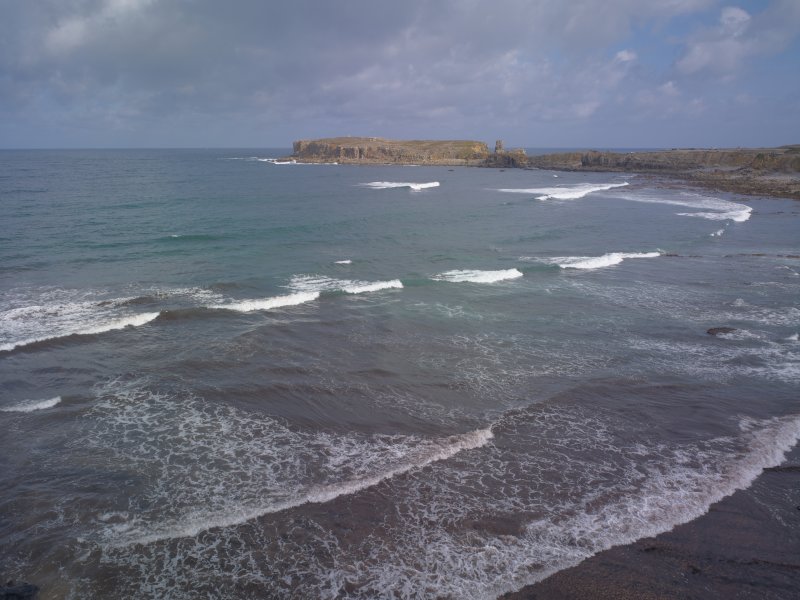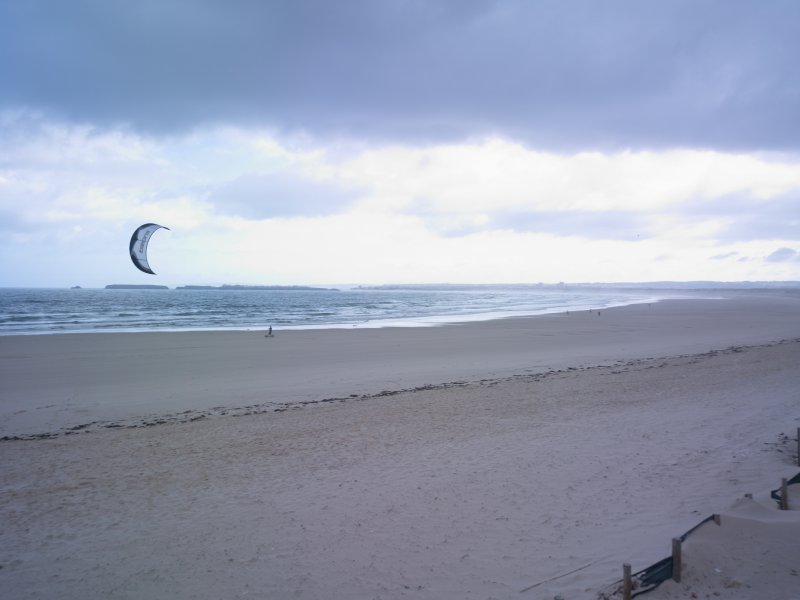scott kirkpatrick
Member
I have been using two E-Bay-purchased Hasselblads to get re-acquainted with film -- an SWC with 38mm Zeiss f/4.5 and a 500C/M with 80 and 120mm Zeiss T* lenses of the same era. In 135 terms, I think of these as having fine pre-asph lenses representing the best of the '60s or '70s era designs, and the 6x6 negatives are big enough to evaluate and enjoy without a magnifier. I've been disappointed by the color results (Portra transparencies and Fujicolor or Ektra negatives), partly because of the steep learning curve involved in getting adequate results after scanning, but love the look of black and white work in HP5+, FP4 or TMax400.
The SWC is particularly nice to shoot with. No moving parts (the 500C, by contrast, has a back shutter and a mirror that flop out of the way on every shot). And the field of view is equivalent to a distortionless 21mm lens in 35 mm terms (if you could shoot a 36x36mm slide or negative). Since I have 18 MPx, no AA-filter, and a low distortion 21mm lens available on my M9, the first interesting digital point for me on the Hasselblad trajectory is about 40 MPx and that means the Phase One P45 or P45+ backs. I stopped in at Bear Imaging in Palo Alto, spent an afternoon talking with Jim Taskett there, and got convinced. He also developed the Achromatic+ black and white unfiltered back based on the P45+, working with Phase One. That delivers totally awesome resolution, but is specialized and VERY expensive. (How much is the P45+? I'm not saying, but it is way too much for a one-spouse, spur of the moment investment.)
This kind of precision requires a solid tripod, a cable release, and mirror lockup if working with an SLR. I had a table-top tripod, the SWC, and no cable release with me. The Hassy shutter is not the smoothest, so some night shots (the P45+ does dark frame subtraction permitting exposures of up to an hour) that I took from Berkeley of the Bay view are all wiggly lines of light when viewed at 100%. By contrast, the image of the Chicago lakeshore under a looming storm cloud that Ken Tanaka offered on TOP a few months ago shows what can be done with this back and proper lock-down. My second concern was whether the finest lenses of the '60s were up to the challenge of 40 MPx resolution. I've since confirmed that they are by shooting some MTF test targets displayed on a 2 MPX laptop screen. Every screen pixel is resolved in detail (covering about 6x3 of the P45+'s pixels) at a one foot distance, with a little care in alignment, f/8 and careful scale focusing. So I don't have to lust after a solid aluminum Alpa frame and Rodenstock Sironar optics.
Here are some travel snaps, taken with the SWC/P45+ under "sunny f/8" lighting at ISO 50, from

Obidos, Portugal

Obidos, a 14th century historical site,

and Peniche, Portugal

Peniche, the windsurfing beach.
The Pbase gallery contains 25% or 100% scaled original images for comparison with these web-scaled previews.
scott
The SWC is particularly nice to shoot with. No moving parts (the 500C, by contrast, has a back shutter and a mirror that flop out of the way on every shot). And the field of view is equivalent to a distortionless 21mm lens in 35 mm terms (if you could shoot a 36x36mm slide or negative). Since I have 18 MPx, no AA-filter, and a low distortion 21mm lens available on my M9, the first interesting digital point for me on the Hasselblad trajectory is about 40 MPx and that means the Phase One P45 or P45+ backs. I stopped in at Bear Imaging in Palo Alto, spent an afternoon talking with Jim Taskett there, and got convinced. He also developed the Achromatic+ black and white unfiltered back based on the P45+, working with Phase One. That delivers totally awesome resolution, but is specialized and VERY expensive. (How much is the P45+? I'm not saying, but it is way too much for a one-spouse, spur of the moment investment.)
This kind of precision requires a solid tripod, a cable release, and mirror lockup if working with an SLR. I had a table-top tripod, the SWC, and no cable release with me. The Hassy shutter is not the smoothest, so some night shots (the P45+ does dark frame subtraction permitting exposures of up to an hour) that I took from Berkeley of the Bay view are all wiggly lines of light when viewed at 100%. By contrast, the image of the Chicago lakeshore under a looming storm cloud that Ken Tanaka offered on TOP a few months ago shows what can be done with this back and proper lock-down. My second concern was whether the finest lenses of the '60s were up to the challenge of 40 MPx resolution. I've since confirmed that they are by shooting some MTF test targets displayed on a 2 MPX laptop screen. Every screen pixel is resolved in detail (covering about 6x3 of the P45+'s pixels) at a one foot distance, with a little care in alignment, f/8 and careful scale focusing. So I don't have to lust after a solid aluminum Alpa frame and Rodenstock Sironar optics.
Here are some travel snaps, taken with the SWC/P45+ under "sunny f/8" lighting at ISO 50, from

Obidos, Portugal

Obidos, a 14th century historical site,

and Peniche, Portugal

Peniche, the windsurfing beach.
The Pbase gallery contains 25% or 100% scaled original images for comparison with these web-scaled previews.
scott
